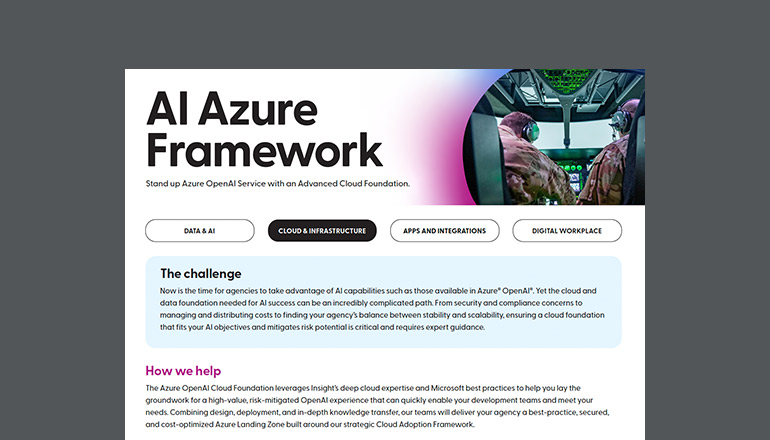What can these approaches look like in the real world?
It’s important to note that both approaches can exist within the same organization. For example, let's consider an oil and gas company. Suppose the company is working with their extensive, geo-seismic data that they have collected through expensive processes. In this case, the company would likely prefer the "doing AI" approach to develop their own AI system, ensuring complete control over their data. It is the organization’s competitive advantage.
Within that same company, maybe their development arm has a goal to improve coding efficiency — in this case, they probably should opt for the "using AI" approach, leveraging a service like Microsoft Copilot that would integrate AI to assist with code development. The organization would be able to enhance their coding capabilities without having to invest in extensive AI model training and building.
Rationalize for success.
There’s no way around it: Rationalizing adoption is a huge part of how successful your organization will be as it adapts to new technologies. At a high level, these doing and using approaches to AI have been a highly effective way to rationalize AI adoption for Insight’s clients.
As you think about all the factors that can guide your journey — data sensitivity, expertise, available resources, and your desired level of customization — remember that embracing the right approach can be a game changer for your organization.





